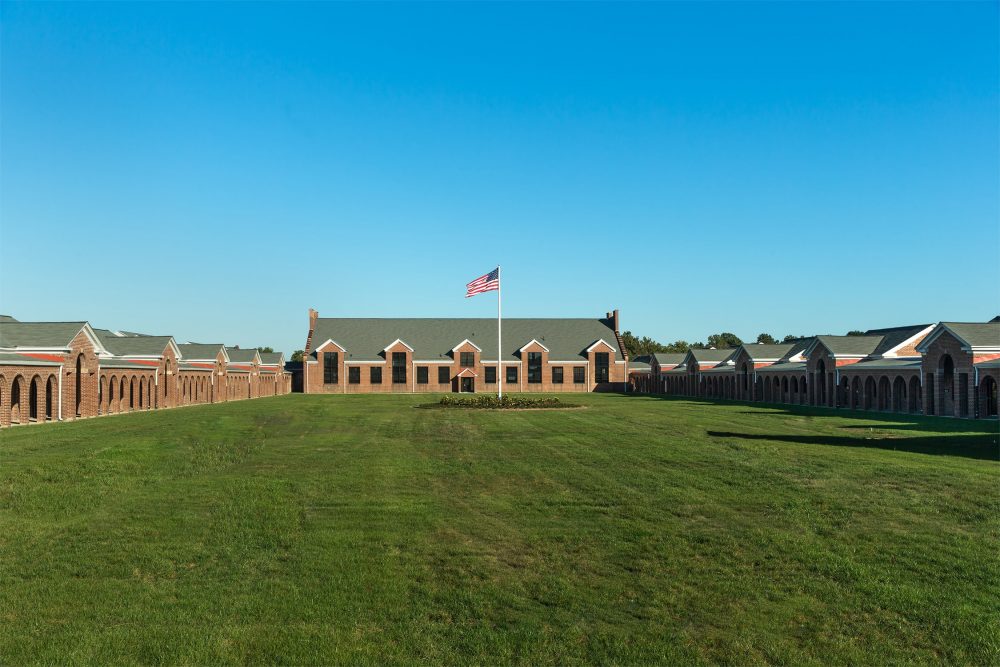How Old Prisons Are Being Converted Into Stylish Apartments (Really)
The number of incarcerated people nationwide has declined, and almost 200 correctional facilities have closed in the past 20 years. The sites are being repurposed.
Diamon Pearson needed a new place to live and was looking for something with an industrial feel. When Liberty Crest Apartments in Fairfax County, Va., came up in her online search, she was intrigued.
“I checked it out and fell in love — the brick, the concrete floors — it was so beautiful,” said Ms. Pearson, 32, who works at Fairfax County Schools. Every unit in the complex is unique, and she liked that, too. It wasn’t until she was signing the lease agreement that someone said, “Did you know this is an old prison?”
Indeed, the development, now called Liberty, had a former life as the Lorton Reformatory, a prison housing inmates from Washington, D.C. Built in 1910, it’s best known for the dozens of suffragists who were imprisoned there in harsh and violent conditions — including forced feedings — after they picketed outside the White House.
The prison shut down in 2001, and the next year Fairfax County bought the 2,400- acre site, which had included a farm and work areas where prisoners could learn trades like metalworking and carpentry, for $4.2 million. The county gradually turned the property into a park and golf course, three schools and an arts center. In 2008, the county started working with the Alexander Company, a Wisconsin
developer with expertise in historic preservation and adaptive reuse, to convert former cellblocks and other buildings, and to build new structures. The complex now includes 165 apartments, of which 98 percent are leased; 157 town homes; and 24 single-family homes, as well as commercial spaces. In 2017, tenants started moving in, many attracted by amenities like a swimming pool, 24-hour gym and
yoga room.
The first night in her new place was the hardest, said Ms. Pearson, who, together with her son, Britain, and dog, Nike, has been in her apartment since 2022. “It was a little spooky — I thought, ‘Wow, this was actually a prison,’ but I adjusted,” she said. “I love it. The architecture here, every bit of it tells a story — every inch, every crack.”
The entities in charge of the redevelopment — Fairfax County, the Alexander Company and Elm Street Development — worked closely with community members during the planning process. Local residents pushed for mixed-income housing, and the developers ensured that roughly a quarter of the units were affordable to people making 50 percent of the area’s median income. Market-rate, two-bedroom apartments are $1,600 to $2,500, which is roughly average in the area.
Community members also wanted to maintain the site’s character. Built during the Progressive Era with a focus on rehabilitation, the prison’s Colonial Revival buildings used bricks the prisoners made themselves on site while sleeping in tents until the structures were complete. Maintaining that character was also a priority for the developers, in part to take advantage of tax credits granted to historic sites.

